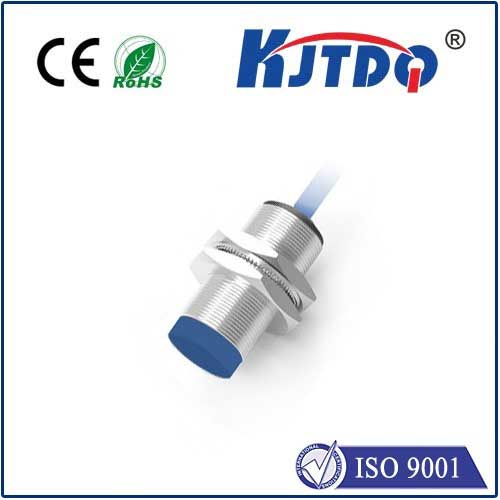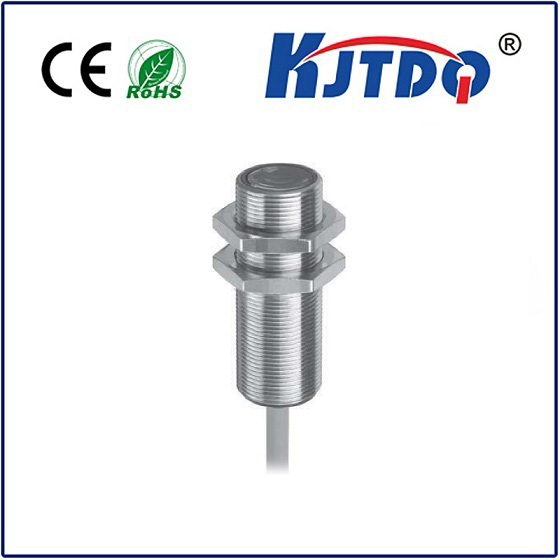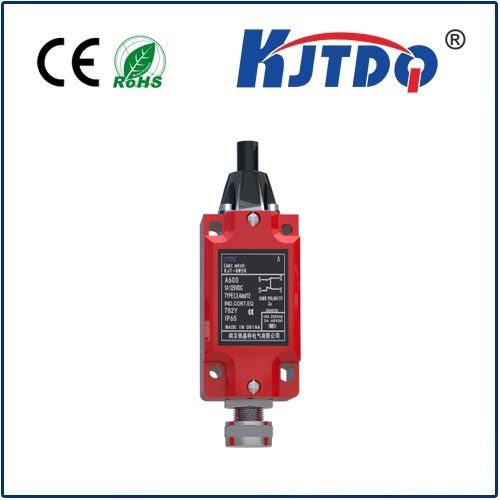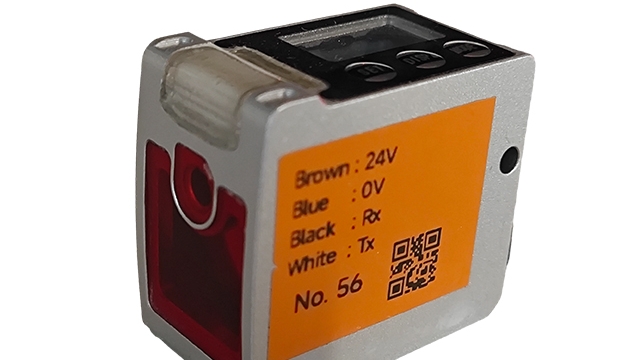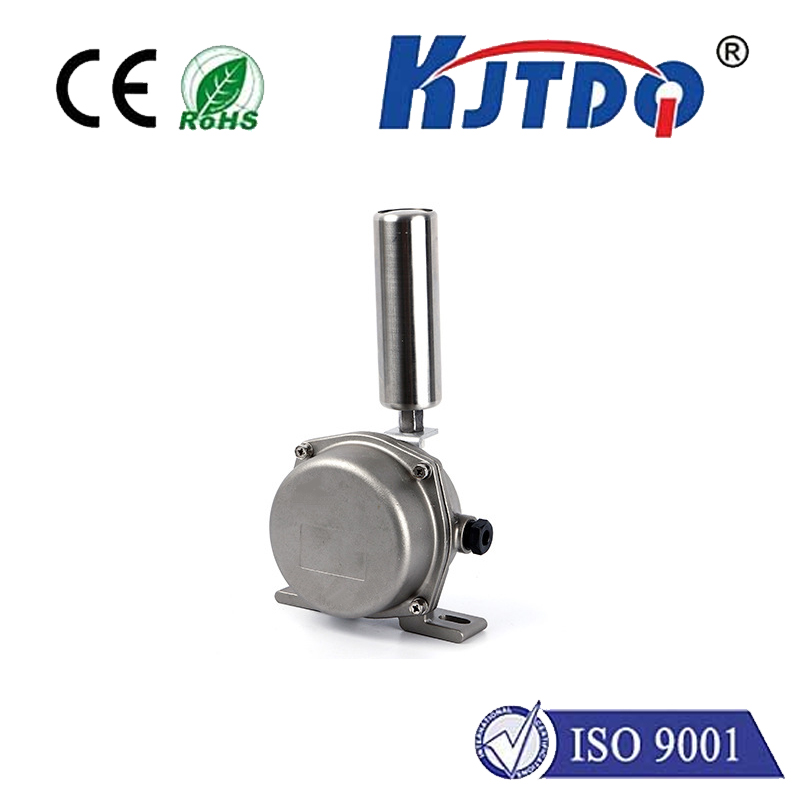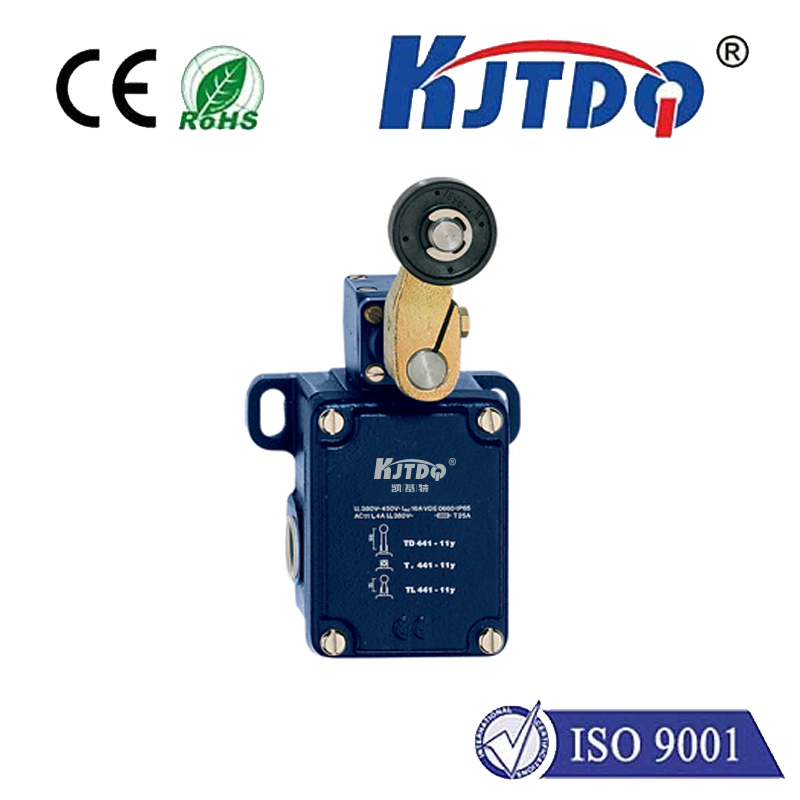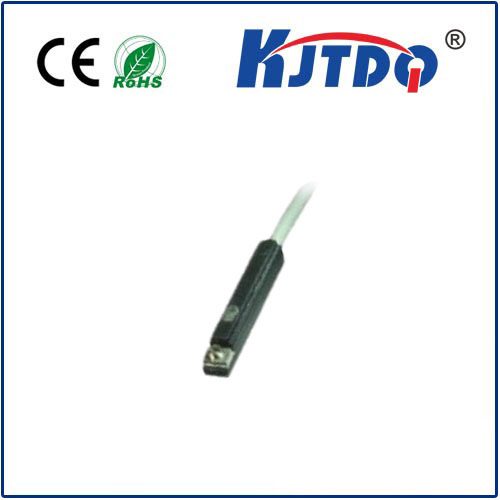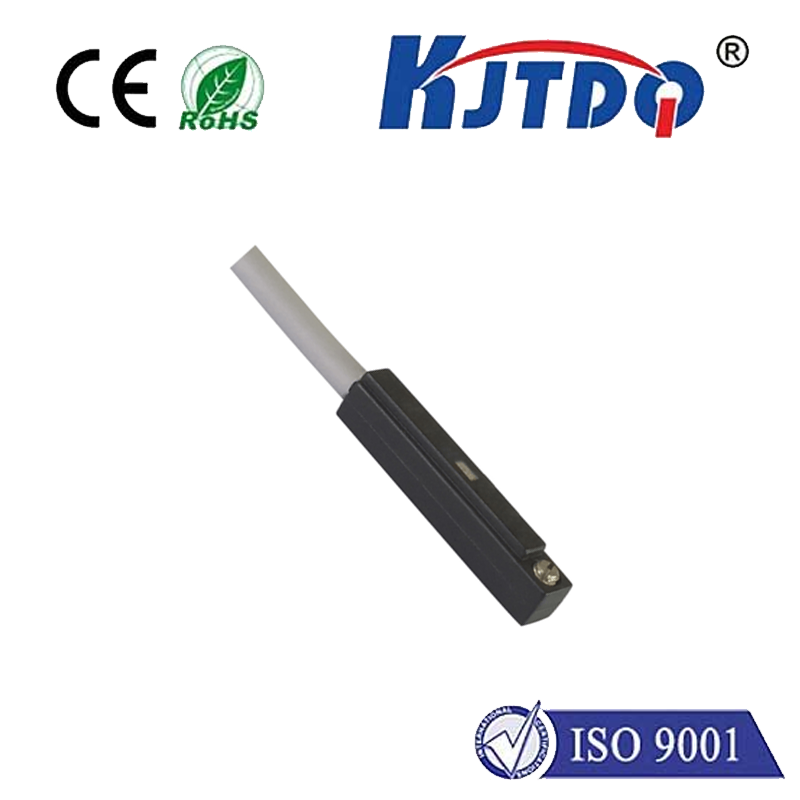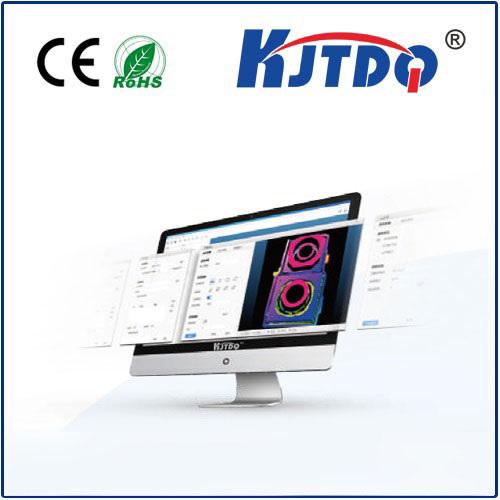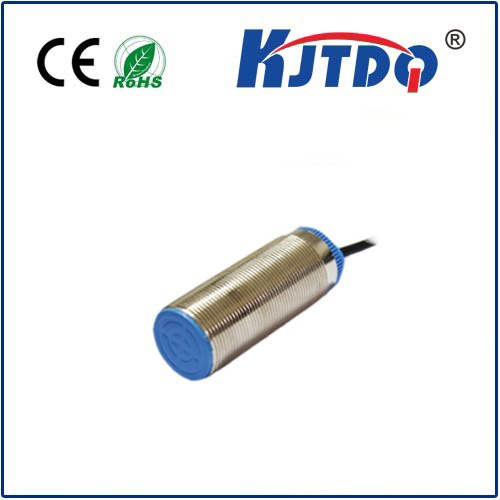
check

check

check

check

Exploring the Benefits and Applications of the E3RA-RP21 Photoelectric Sensor In the rapidly evolving landscape of automation and industrial sensing, photoelectric sensors have emerged as indispensable tools. Among the myriad options available, the E3RA-RP21 photoelectric sensor stands out for its advanced features, reliability, and versatility. This article delves into the key aspects that make the E3RA-RP21 a preferred choice in various applications. Understanding the E3RA-RP21 Photoelectric Sensor The E3RA-RP21 photoelectric sensor is designed to detect the presence or absence of objects within a specific range by emitting and receiving light. This non-contact sensing technology ensures accuracy and efficiency while minimizing wear and tear on the equipment. The sensor operates on the principle of reflective photoelectric detection, making it ideal for environments where space and precision are critical. Key Features and Technical Specifications One of the standout features of the E3RA-RP21 is its robust build quality. Engineered with durable materials, this sensor can withstand harsh industrial conditions, including dust, moisture, and temperature variations. Its IP67 rating means it is fully protected against dust ingress and temporarily submersible in water, making it suitable for outdoor applications and challenging indoor environments alike. Moreover, the E3RA-RP21 boasts an impressive detection range of up to 5 meters, depending on the target material and surface characteristics. This extended range makes it versatile for diverse applications such as conveyor belt monitoring, part counting, and position detection. The sensor’s adjustable sensitivities further enhance its adaptability to different industrial settings. Applications Across Industries The E3RA-RP21 finds utility across a wide array of industries due to its flexible design and reliable performance. In manufacturing, it plays a crucial role in quality control processes by ensuring products meet predefined size, shape, and presence criteria. For instance, in packaging lines, the sensor can accurately monitor the flow of goods, triggering alarms or shutting down systems if anomalies are detected. In the automotive sector, the E3RA-RP21 is used in assembly lines to verify part placement and alignment, contributing to higher precision and reduced defect rates. Additionally, in logistics and warehousing, the sensor facilitates automated sorting systems, improving efficiency and reducing manual intervention. Advantages Over Traditional Sensing Methods Compared to traditional mechanical or proximity sensors, the E3RA-RP21 offers several advantages. It provides quicker response times, enhanced reliability, and lower maintenance requirements. Unlike contact-based sensors, which may suffer from mechanical wear over time, the non-contact nature of the E3RA-RP21 ensures longevity and consistent performance. Furthermore, the sensor’s ability to function without physical contact eliminates potential damage to sensitive materials or delicate components. This aspect is particularly valuable in industries handling fragile or high-value items where precision is paramount. Installation and Integration Integrating the E3RA-RP21 into existing systems is straightforward, thanks to its user-friendly design and comprehensive documentation. The sensor comes with various mounting options, making it easy to install in tight spaces or complex configurations. Additionally, compatibility with standard industrial communication protocols simplifies integration with other automation components and control systems. Conclusion The E3RA-RP21 photoelectric sensor stands as a testament to the advancements in industrial sensing technology. Its durability, extensive detection capabilities, and ease of integration make it a valuable asset across multiple sectors. Whether you are looking to improve production efficiency, enhance quality control, or streamline logistics operations, the E3RA-RP21 offers a reliable solution tailored to meet modern industrial demands.
